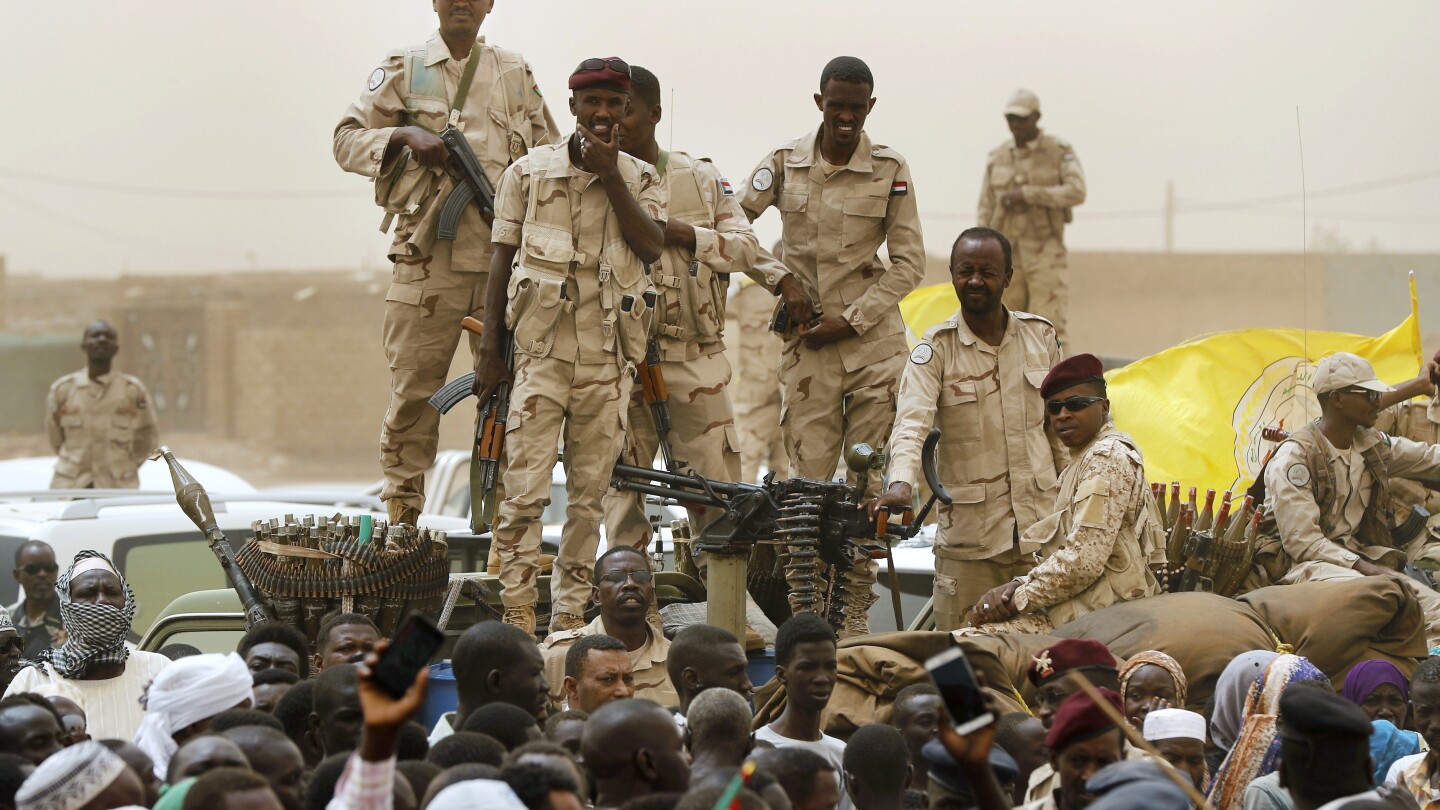CAIRO (AP) — A drone attack Sunday on an open market south of Sudan’s capital, Khartoum, killed at least 43 people, activists and a medical group said, as the military and a powerful rival paramilitary group battle for control of the country.
More than 55 others were wounded in the attack in Khartoum’s May neighborhood, where paramilitary forces battling the military were heavily deployed, the Sudan Doctors’ Union said in a statement. The causalities were taken to the Bashair University Hospital for treatment.
The Resistance Committees, an activist group that helps organize humanitarian assistance, posted footage on social media showing bodies wrapped in white sheets in an open yard at the hospital.
Sudan has been rocked by violence since mid-April, when tensions between the country’s military, led by Gen. Abdel Fattah Burhan, and the paramilitary Rapid Support Forces, commanded by Gen. Mohamed Hamdan Dagalo, burst into open fighting.
The RSF blamed the military’s air force for Sunday’s attack, though it was not immediately possible to independently verify the claim. Indiscriminate shelling and airstrikes by both factions are not uncommon in Sudan’s war, which has reduced the Greater Khartoum area to a battleground.
The conflict has since spread to several parts of the country. In the Greater Khartoum area, which includes the cities of Khartoum, Omdurman and Bahri, RSF troops have commandeered civilian homes and turned them into operational bases. The military responded by bombing residential areas, rights groups and activists say.
In the western Darfur region — the scene of a genocidal campaign in the early 2000s — the conflict has morphed into ethnic violence, with the RSF and allied Arab militias attacking ethnic African groups, according to rights groups and the United Nations.
The conflict has killed more than 4,000 people, according to August figures from the United Nations. However, the real toll is almost certainly much higher, doctors and activists say.
The number of internally displaced persons has nearly doubled since mid-April to reach at least 7.1 million people, according to the U.N. refugee agency. Another 1.1 million are refugees in neighboring countries.

